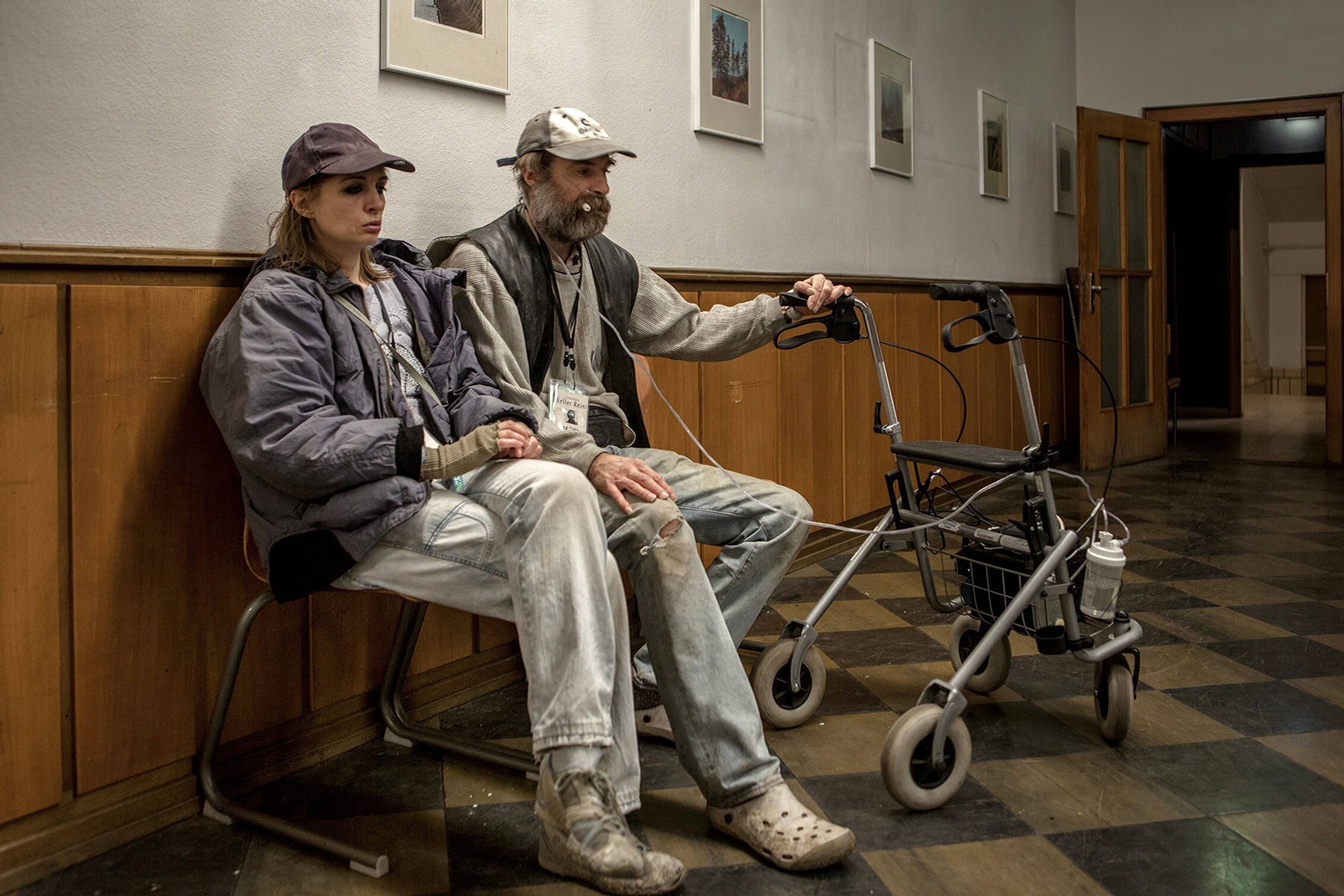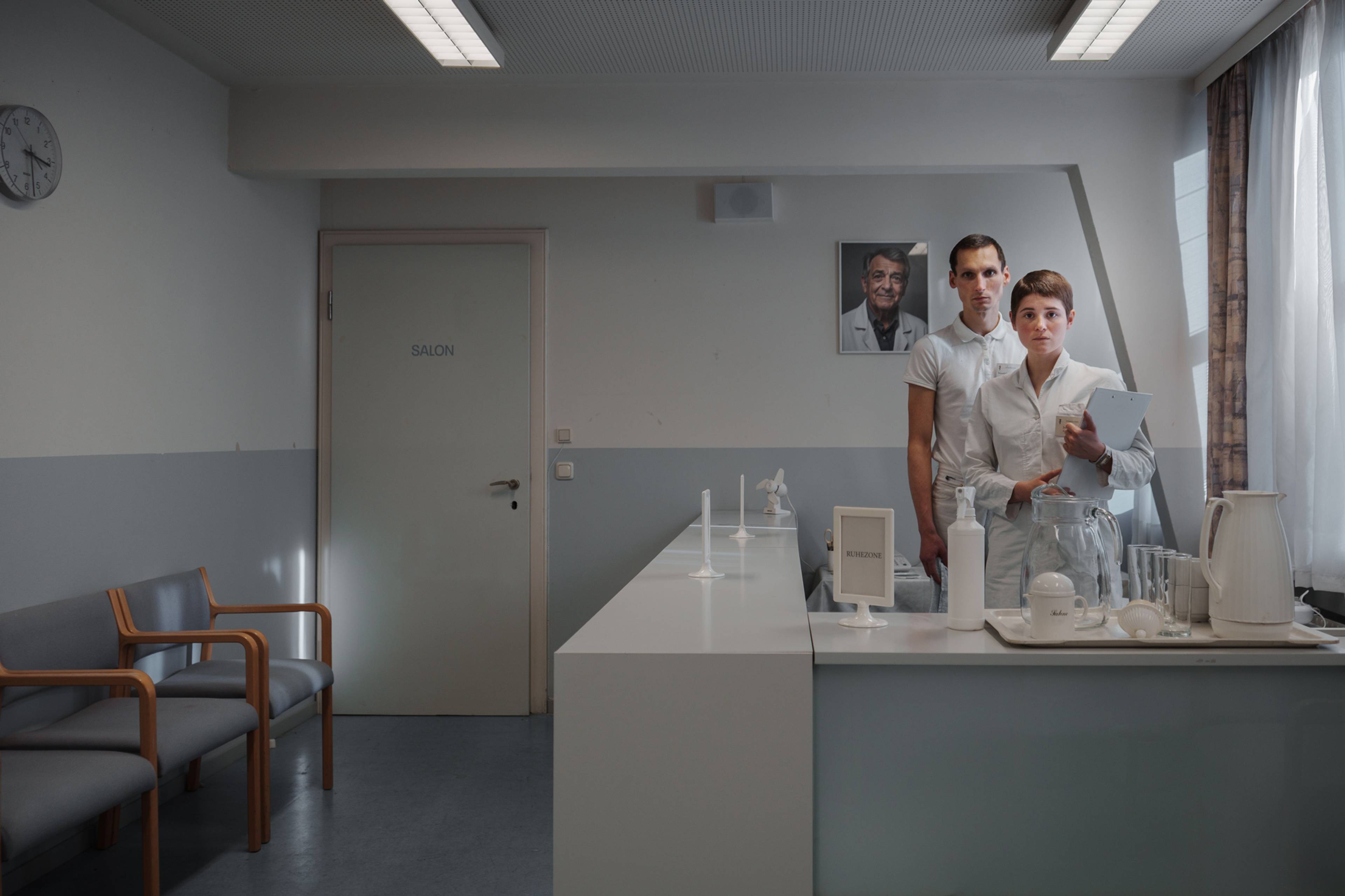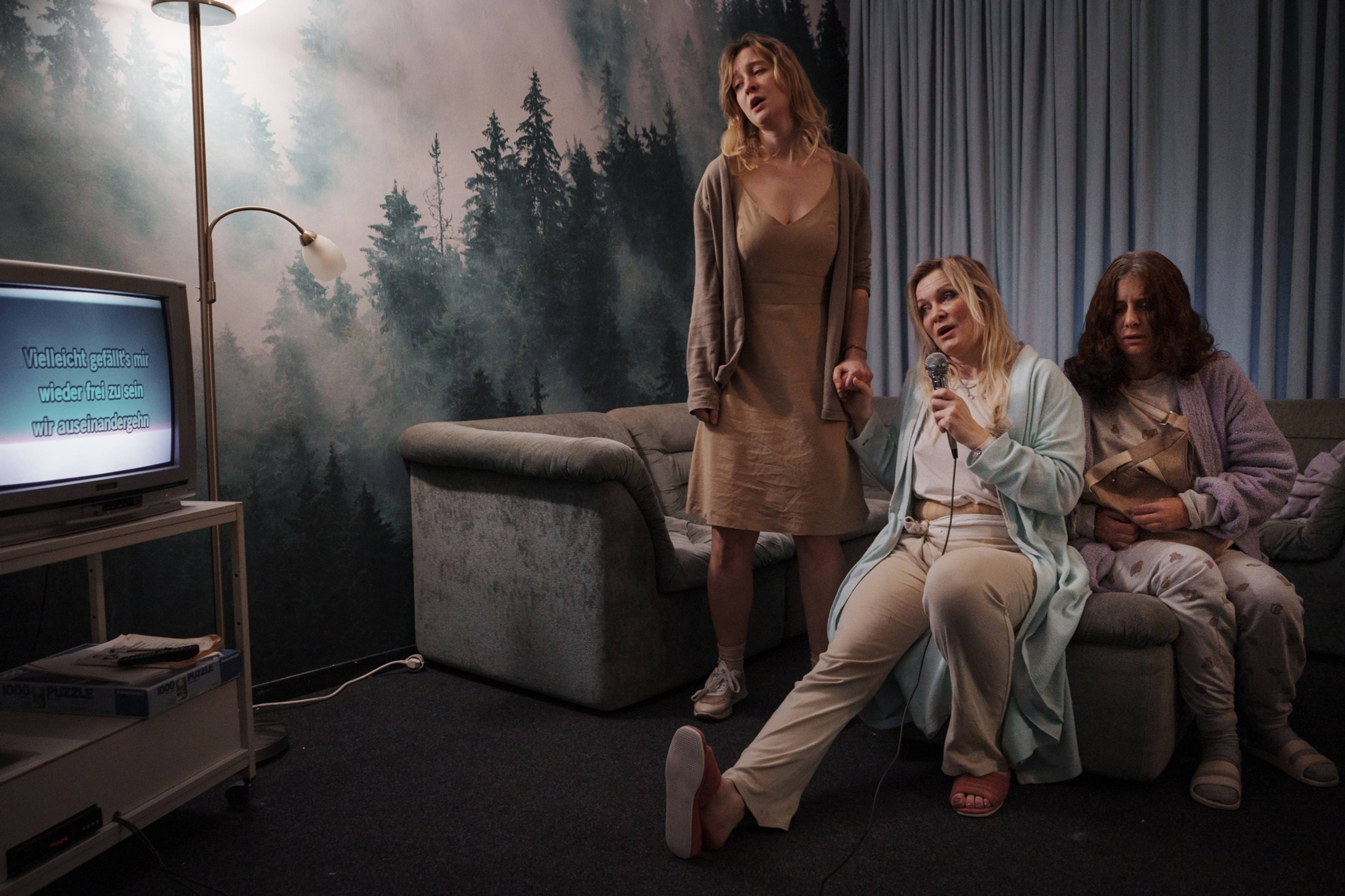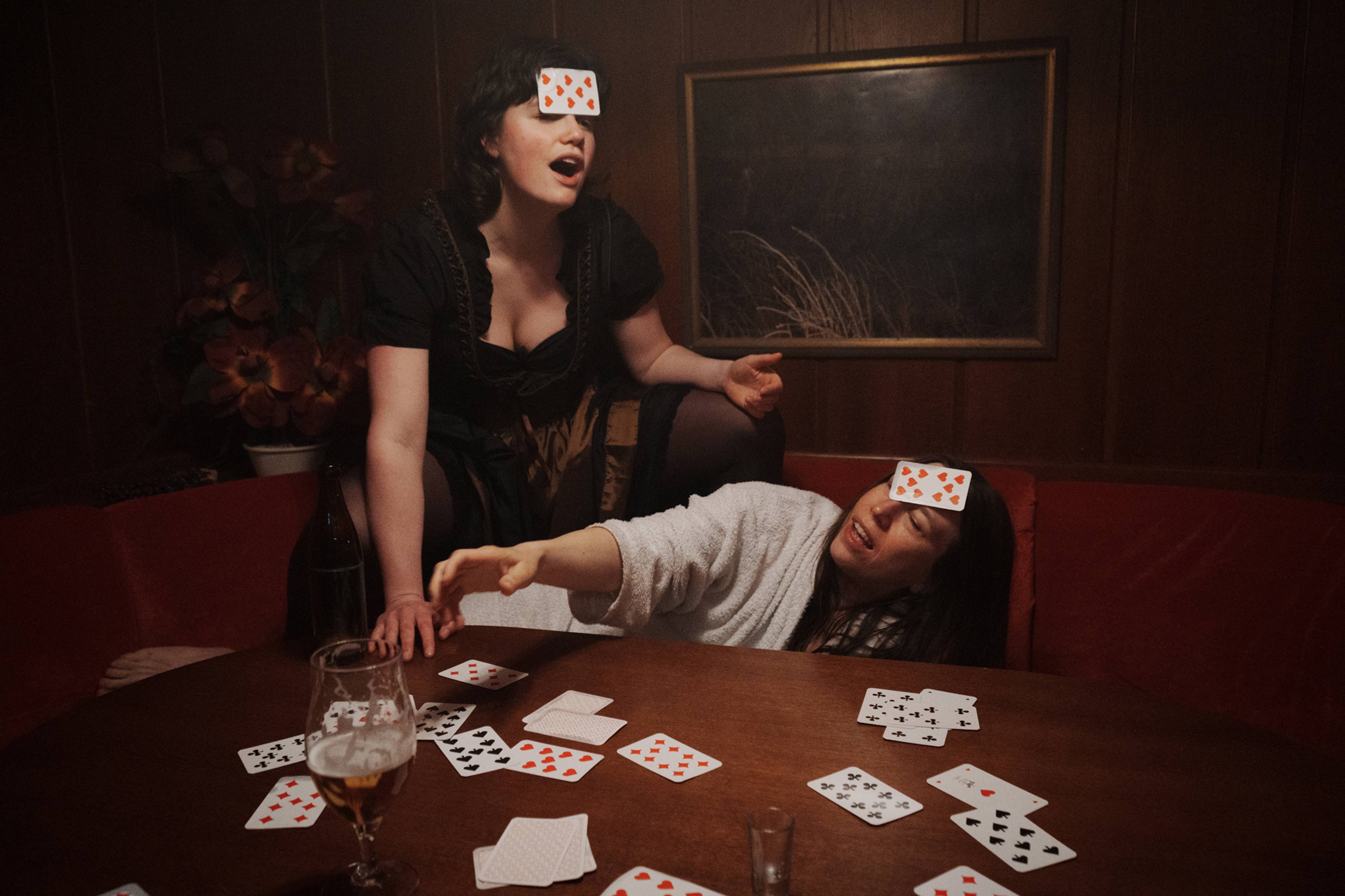Some of the most memorable conversations I’ve ever had have been with actors in a fictional world – that of Wir Hunde / Us Dogs, an immersive performance-installation created by the collective SIGNA for Wiener Festwochen in 2016. There, I shared my evolving feelings about promiscuity with a sexy stranger and was questioned for saying “In situations like this, one can feel …” rather than “I can feel,” among so many other unusually candid – and sometimes challenging – conversations. In that trans-species fiction, set in what seemed like an ordinary apartment building, people lived with Hundsche – humans who felt and behaved like dogs trapped in the body of humans. Throughout the five-hour installation, visitors were free to move around the story-world at their own pace. Some were asked to shower a Hundsch that had literally shat themself; others drank rounds of schnapps with a father who turned out to have incestuous tendencies – constantly facing moral dilemmas at the brink of our suspension of disbelief.
So, I was extremely thrilled and a bit nervous when, nine years later, I entered SIGNA’s new immersive installation, again at Wiener Festwochen. For Das Letzte Jahr (The Final Year, 2025), SIGNA refurbished two floors of the Funkhaus, formerly the home of Austria’s national radio broadcaster, ORF. The set, created over several months with secondhand furniture from hospitals and flea markets, looked and felt like a decrepit nursing home. We entered through a makeshift chapel, where the transition was prepared by a team from a fictional organization, Lethe Simulationswelten. They introduced themselves and explained the drill: Inside, we were told, we would experience the last year of our life, at a nursing home populated by Simulanten (simulators). Before entering the hospital and becoming patients for six hours, we had to repeat the rules, like “The simulators live in the simulation” and “the artificiality of the simulation should never be addressed.” If we felt unwell at any time, we could ask for a “local simulation interruption” by forming a U with one hand.
Das Letzte Jahr, 2025, with Annabel Grosse & Marcel Jacqueline Gisdol
The vocabulary was on point, but elements like the Lethe employees’ military attire and the fictional wars supposedly raging outside remained unexplained; others, like people in animal costumes and dolls wearing white masks, were more opaque yet. After we had all demonstrated that we understood how to form the U, we were enjoined – more than once – to connect to our “inner self in need of care” and to “feel rather than act.” While all of this made sense in the framing narrative, it served to crack the world of make-believe, making it significantly harder to get fully immersed in the story-world. I simply could not shake off the feeling that the mantras were design crutches, as if the world’s makers – not Lethe, but SIGNA – were afraid it might fall apart, unless they constantly begged us to please play along.
In the embedded narrative, the world was arranged into scenes: group therapy, gymnastics, singing, physiotherapy, the canteen, et al. With each visitor assigned a name and number, a sophisticated plan pushed us individually around the hospital, determining the sequence and nature of our experiences. At each position, we got to know more characters among a cast of forty actors, along with more of the history that each of us brought along, complete with alliances, enmities, weaknesses, relationships, privileges, and often children. That we did not previously know any of these facts – or, as per the fiction, did not remember them – was the main trick to help us connect with our dementia-ridden selves.
Das Letzte Jahr, 2025, with Katharina Mairinger, Evi Meinardus & Anina Doinet
Das Letzte Jahr, 2025, with Melli Mueller
Unlike some earlier works by SIGNA, this one’s participants were almost entirely devoid of autonomy. Even if that fit with the embedded narrative – after all, old people with dementia do have little autonomy – it also meant that there was little room for unscripted encounters of the kind that made Wir Hunde / Us Dogs so memorably different from ordinary theatre. More than any narrative in that earlier work, it was the conversations with strange, intense, and extraordinary people – fictional characters, but real individuals – that have stayed with me. By contrast, in Das Letzte Jahr, the actors mostly seemed to follow their lines for each situation and tried hard to help us stay in our roles, despite the encouragements not to act.
Even so, I experienced some absolutely extraordinary moments. Once, a door suddenly opened to a hidden bar behind a cabinet, where an inhabitant who had hardly been able to move previously suddenly burst into a wild dance, as in a dream. In another scene, after being pushed into a “waiting room,” a performer grabbed my hand, child-like, and took me to a wood house, where an honest conversation about my childhood and my father unfolded. Here and elsewhere, I brought my full self to the performance, with my history and troubles. As we sang together, I even burst into tears, because I intensely felt my late grandfather, Eugen; when asked to connect to a self of mine in need of care, I had imagined being him. Surrounded by visitors who seemed to stay closely in their assigned roles, it felt all the clearer that fully engaging one’s self is what makes the “bleed” between real life and life in fiction possible, charging SIGNA’s works with such transformative potential. It’s the make-believe world, brief and cut off from the outside, that made me get real.
Das Letzte Jahr, 2025, with Leonie Wegner & Mareike Wenzel
___
Das Letzte Jahr
Haus der Repulik – Funkhaus, Vienna
17 May – 29 Jun 2025






